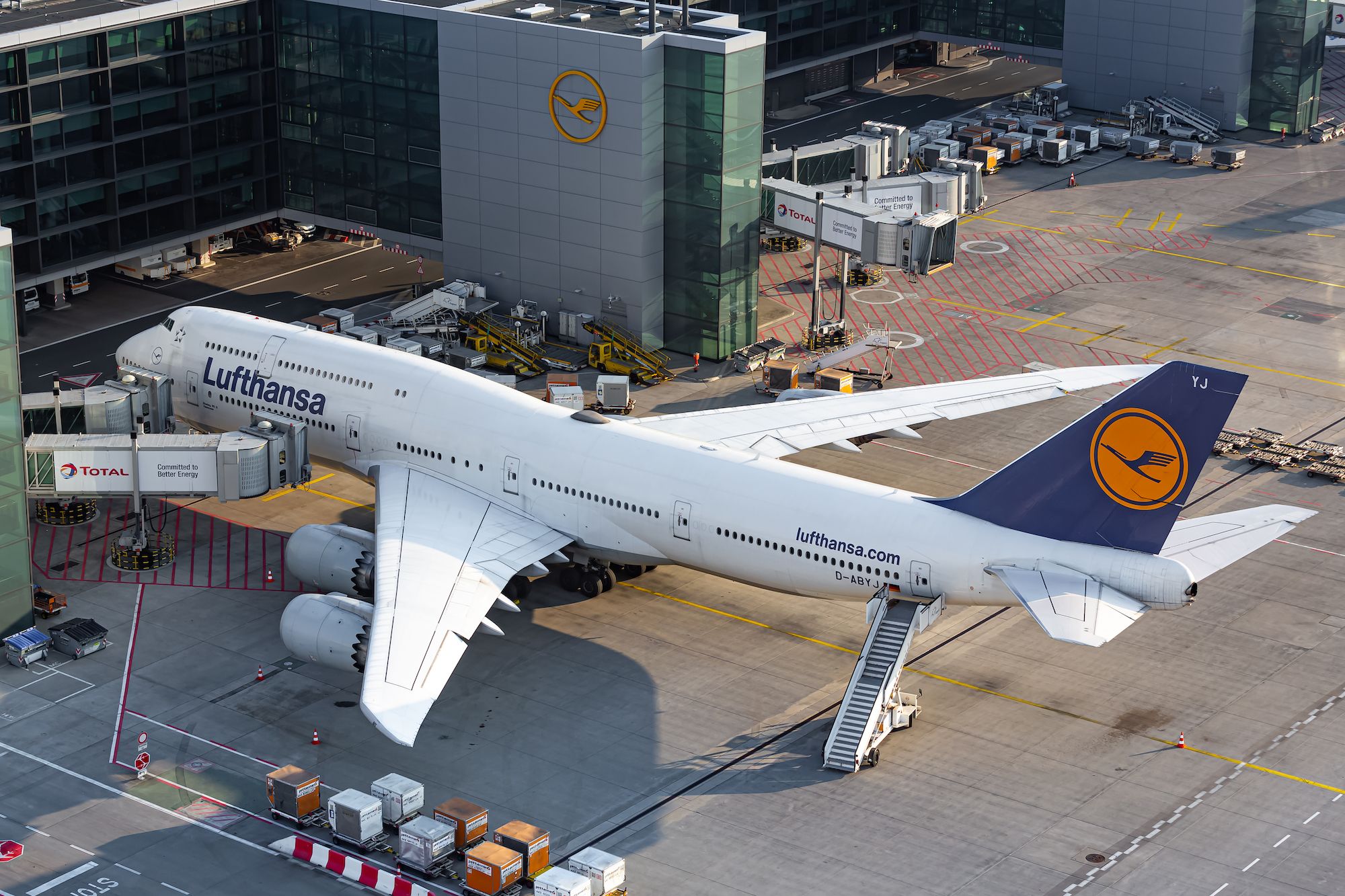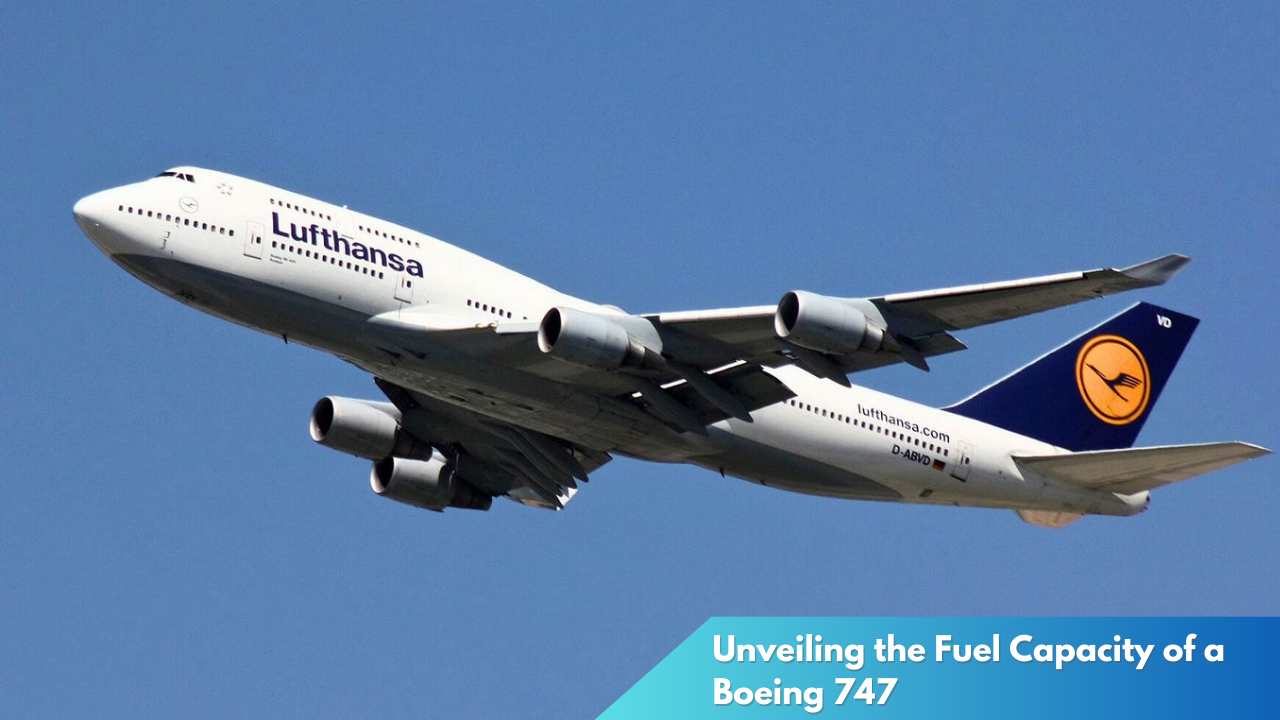Unveiling the Fuel Capacity of a Boeing 747
The Boeing 747, often referred to as the “Queen of the Skies,” has been a symbol of air travel since its first flight in 1969. Known for its impressive size and range, one of the most intriguing aspects of this jetliner is its fuel capacity and efficiency. As airlines and environmentalists continue to scrutinize fuel consumption in pursuit of greener skies, understanding the Boeing 747’s fuel dynamics is more relevant than ever. This article delves into the nuances of the Boeing 747’s fuel efficiency and its substantial fuel capacity, offering insights into how this iconic aircraft manages its energy needs.
Discovering the Boeing 747’s Fuel Efficiency

Fuel efficiency in aviation is a critical factor that influences operational costs and environmental impact. The Boeing 747, despite its large size and powerful engines, has been engineered to optimize fuel consumption. One of the key design elements contributing to its efficiency is the aircraft’s wing design, which facilitates smoother airflow and reduces drag. The engines, often the Pratt & Whitney JT9D or its successors, have been fine-tuned over the years to improve thrust while minimizing fuel burn. These technological advancements have allowed the 747 to maintain competitive fuel efficiency despite its age.
The fuel efficiency of a Boeing 747 can also be examined in terms of passenger miles per gallon. Generally, a fully loaded 747 can achieve approximately 91 passenger miles per gallon, making it comparable to smaller jets and often more efficient when considering its capacity to carry a larger number of passengers over long distances. This efficiency is especially significant on transcontinental and transoceanic flights, where the 747’s range and capacity are maximized. However, newer aircraft models offer enhanced fuel efficiency, pushing the aviation industry to innovate continually.
Despite the introduction of more fuel-efficient aircraft, the 747 remains in use due to its ability to carry large passenger loads and substantial amounts of cargo. Its legacy in fuel efficiency is a testament to the engineering marvel it represents and underscores the importance of balancing operational demands with environmental considerations. The continuous focus on fuel efficiency in the aviation industry serves as a reminder of the ongoing challenges and opportunities in reducing carbon emissions while maintaining the economic viability of air travel.
Unveiling Key Aspects of Its Fuel Capacity

The Boeing 747’s fuel capacity is nothing short of extraordinary, representing both a technical achievement and a logistical challenge. The typical fuel capacity for a Boeing 747-400, a popular variant, is approximately 57,285 gallons (216,840 liters) of jet fuel. This colossal amount enables the aircraft to fly long-haul routes without the need for refueling, making it a preferred choice for airlines operating long-distance international flights. The capability to hold such vast quantities of fuel is supported by its robust wing structure, which houses the majority of the fuel tanks.
Managing the fuel distribution in a Boeing 747 is a complex process that involves sophisticated fuel management systems. These systems ensure that fuel is evenly distributed across the airplane to maintain balance and stability during flight. The strategic placement of fuel tanks in the wings and fuselage optimizes the aircraft’s center of gravity, enhancing aerodynamic performance. Furthermore, the Boeing 747 is equipped with advanced fuel monitoring technologies that allow pilots to track fuel usage in real-time, crucial for flight planning and in-flight adjustments.
The implications of the Boeing 747’s fuel capacity extend beyond its operational range. From an economic perspective, the ability to carry large fuel reserves reduces the need for frequent stops, which can save time and money for airlines. However, carrying more fuel also adds weight, which can impact fuel efficiency. This delicate balance between capacity and efficiency is a key consideration for airlines when planning routes and managing costs. The Boeing 747’s fuel capacity underscores the complexity of aircraft design, where engineering excellence must meet the practical needs of global air travel.
As the aviation industry continues to evolve, the Boeing 747 remains a testament to the engineering prowess and innovation that have marked its journey through the skies. While newer models challenge its reign with improved fuel efficiency, the 747’s fuel capacity and efficiency remain iconic. Understanding these elements provides insight into how the “Queen of the Skies” has managed to stay relevant over decades. As environmental considerations become increasingly prominent, the lessons learned from the Boeing 747’s design and operation could inform future advancements in sustainable aviation technologies.



